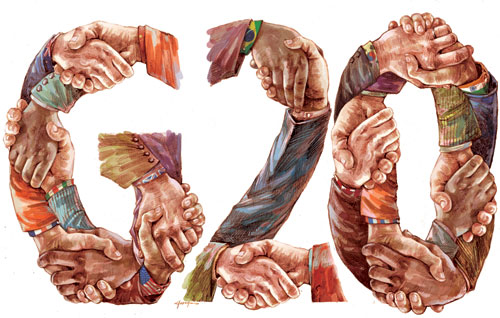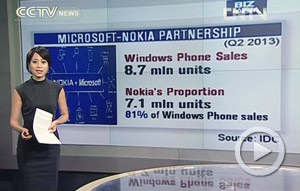Current water inspection practices need attention
Updated: 2013-09-06 22:42
(chinadaily.com.cn)
|
||||||||
In a recently issued regulation, Beijing Water Authority required tap water suppliers to publish quality inspection data from October. A column on People's Daily praised the move as a step toward better water quality. Excerpts below:
Have you ever found a scale in your water container? Sometimes the tap water looks a little dark; is it safe to drink?
Beijing residents may start getting answers to these questions starting this October. According to a recent regulation, water suppliers in the city must publish water quality inspection data every season.
Water is the most basic necessity, but there have been several incidents of polluted drinking water that have aroused public suspicion. In February 2012, residents in Zhenjiang, Jiangsu province, noticed a funny smell in their tap water. One month later, residents in Wuhan, Hubei province, also noticed a smell.
Later, it was revealed that the smells were caused by an overuse of disinfectants.
There has been an increase in these sorts of incidents in recent years, which could mean there are problems with water quality supervision.
The new Beijing regulation is welcome because residents, who pay for water, have the right to know its quality. Publishing water quality data might influence better supervision practices and push water authorities to do a better job in fighting water pollution.
But, more needs to be done.
China introduced as early as 2007 a national quality standard on drinking water that contains 106 indexes. Due to inferior technology, a complete inspection was delayed to 2012, then again to 2015.
Many surveys show that 90 percent of China's 4,000 water suppliers still rely on outdated technology. We hope water authorities accelerate updates and impose stricter standards to honor their promise of safe drinking water.

 Obama, Putin meet for G20 at St petersburg
Obama, Putin meet for G20 at St petersburg
 Top 10 countries for plastic surgery
Top 10 countries for plastic surgery
 Holder Murray stunned by Wawrinka
Holder Murray stunned by Wawrinka
 China, Russia a step closer on gas supply
China, Russia a step closer on gas supply
 18-year-old panda conceives triplets
18-year-old panda conceives triplets
 Testing times for G20 leaders
Testing times for G20 leaders Homemade choppers make aerobatic stunt debut
Homemade choppers make aerobatic stunt debut
 World-class partners bring NBA global games to Chinese fans
World-class partners bring NBA global games to Chinese fans
Most Viewed
Editor's Picks

|

|

|

|

|

|
Today's Top News
US military cracked most online encryption
Xi hails progress in ties as he meets Obama
MFA Lab supports Chinese filmmakers
Beijing's new product briefing a first for Apple
Renminbi moves into the top 10
Trending news across China
US services eye Chinese market
China, Russia a step closer on gas supply
US Weekly

|

|






